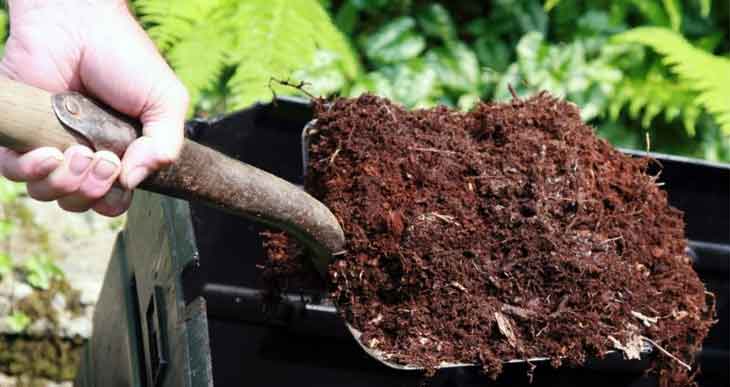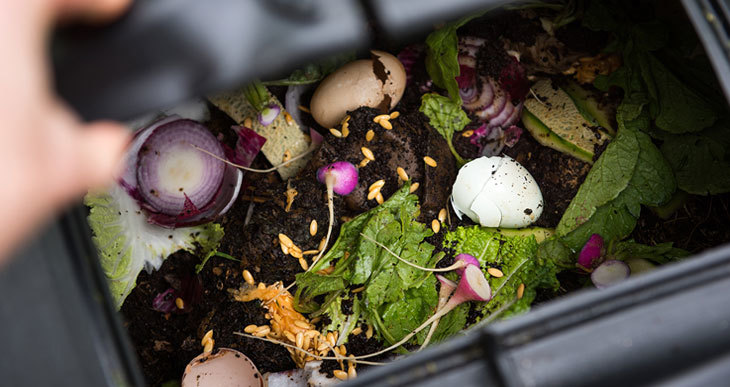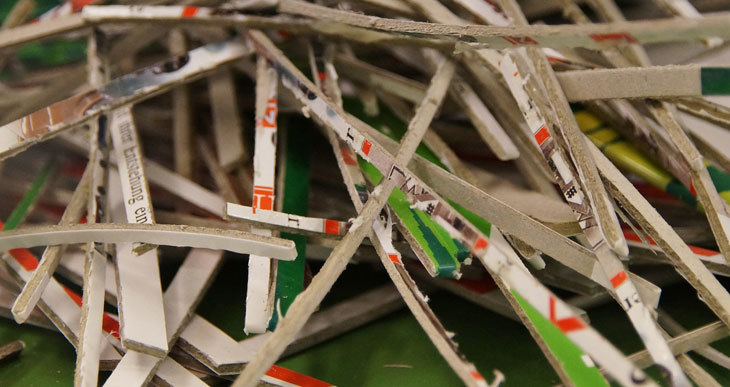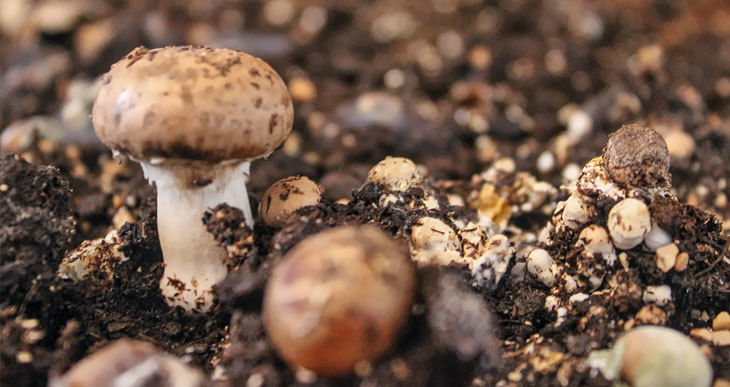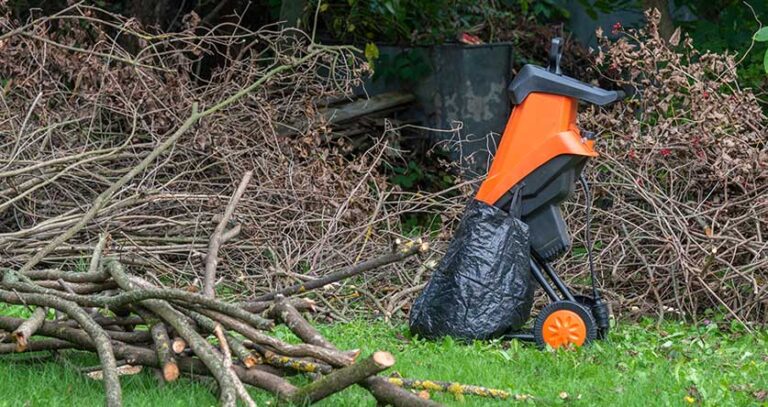How Do Compost Tumblers Work (A Simple Guide)
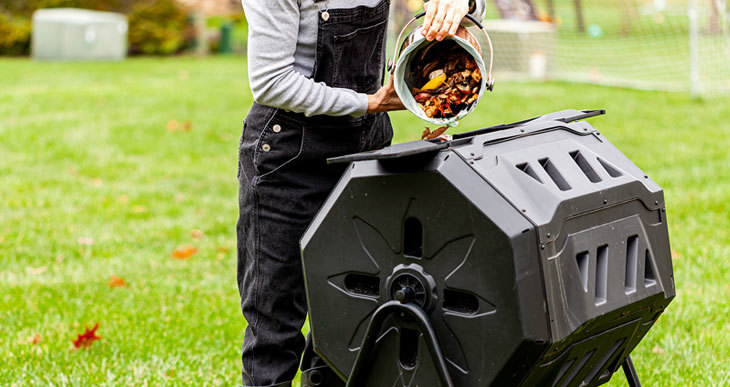
Compost tumblers are a fairly recent invention. However, they’re marketed as easy to use and capable of making compost faster.
And it’s true…
They are an elegant solution for most backyard composters looking to convert organic waste into a valuable soil amendment.
But how do compost tumblers actually work, and do they really compost faster than traditional methods?
How Does A Compost Tumbler Work?
Compost tumblers retain the heat generated by the composting process. The easy turning mechanism increases the aeration and uniform mixing of all the components in the composter. The vent holes allow air to circulate throughout the compost. All these factors help to produce ready-to-use compost faster.
Compost tumblers are intended to make the composting process faster, easier, and more convenient for the gardener.
The wide range of models makes composting more convenient. This is especially true for people who don’t have a lot of space in their garden (traditional methods such as compost piles or compost bins need more room).
Indeed, one of the biggest advantages to gardeners is the variety of sizes, making it easy to find a model to suit your needs.
But above all, the ingenious design and method used by tumbling composters make them very effective and appealing.
How Decomposition Works In Compost Tumblers
Compost tumblers are enclosed drum-type containers, usually on a framework that allows the rotation of the drum. Some containers have split containers with two or more compartments for compost at different stages of decomposition.
Brown and green compost waste can be added to the compartment, where the decomposition of the organic material begins. Composters with dual compartments will have maturing compost on one side. At the same time, you can add fresh material to the second side.
The microbes in the material in the tumbler will begin to break down organic waste. This process generates heat that is contained in the confines of the tumbler, helping to increase the decomposition process.
The microbes breaking down the compost material are aerobic organisms, meaning they need oxygen to survive and boost the process. The vents in the composter allow air to enter the chamber to provide sufficient fresh air for the organisms.
The rotation of the composter mimics the manual turning of compost material in a pile. Turning the material helps with the aeration process. In addition, it ensures the material is well mixed, promoting the complete breakdown of all the ingredients in the drum.
It may be necessary to periodically add water to the compost to keep the humidity levels correct in the compartment. The access hatch on the drum allows for easy inspection for controlling moisture levels and adding more water if needed.

Altogether, the design of a tumbler makes it simple to create a suitable environment for composting microbes to do their job.
Read “how to start composting in a tumbler” for full beginners guide.
Do Compost Tumblers Work Faster?
One of the marketing points for most compost tumblers is that they work faster than traditional composting methods. However, while compost tumblers do work faster, there are some caveats to manufacturers’ claims.
Some compost tumbler producers claim their products will make compost in 2 weeks. In my experience, this is an exaggeration and will probably only occur in very favorable conditions.
The time for the material to break down in the compartment will vary, depending on several conditions.
- Your local climate. Warmer conditions are conducive to the faster decomposition of the compost medium. Cooler temperatures will result in longer composting times.
- Insulation of the compost tumbler. If the tumbler is not well insulated, it can lose much of the heat generated by the decomposition process. This heat is radiated out into the air and is lost to the internal chamber.
- Type of material added to the tumbler. Larger, harder materials added to the compost will take longer to decompose than smaller, softer materials. Consequently, bigger chunks of material should be chipped or shredded to achieve faster results. (Use a handy woodchipper / shredder like this – Amazon).
But it’s true…
In my experience, compost tumblers work faster than traditional composting methods such as compost piles and compost bins,
But not as fast as manufacturers claim!
Typically you can expect completed compost in 4 to 8 weeks rather than the 2 weeks claimed by many suppliers.
Does a compost tumbler need to be in the sun to work
Most tumblers have a dark-colored exterior that is designed to absorb solar heat. If you can position a tumbler where it gets some sunlight during the day, this will help the composting process.
Temperature is an essential factor for the speed of composting. Generally speaking, decomposition will slow down during cool weather. However, giving a tumbler access to sunlight can help improve the conditions for composting bacteria to do their work.
Do compost tumblers need holes to work?
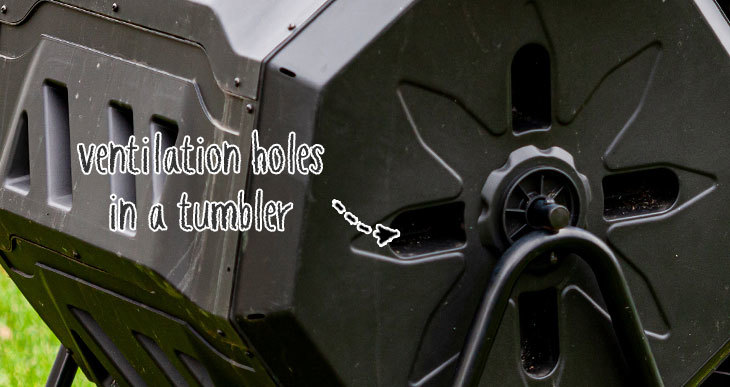
Most tumblers have holes integrated into the surface of the drum. These play two critical roles, aeration, and drainage. If you can control the compost materials’ airflow and moisture levels, you have a better chance of improving the tumbler’s efficiency.
Oxygen is essential for faster composting. Tumblers tend to be more efficient because they can introduce air more effectively by turning or “tumbling” the ingredients. Air is free to enter the compartment via the ventilation holes.
And sometimes, the materials inside the tumbler can become too wet. High moisture levels will force the air out from the spaces between the compost ingredients. For this reason, it can be helpful to drain any excess moisture from the inside of a tumbler, hence the addition of drainage holes.
Do Compost Tumblers Work In Winter?
The severity of your winter temperatures will determine your compost tumbler’s efficiency during this season. Since the composting process requires heat, cooler winter temperatures will slow the process down.
In extremely cold winter regions, decomposition may cease completely in compost tumblers. In milder winter regions, the composting process will slow down but continue to occur. Consequently, compost tumblers working in winter will depend on how cold your winter temperatures get.
The decomposition process generates its own heat, which will allow the process to continue through winter, albeit at a slower rate. This is one reason why the insulation of the compost tumbler is essential.
In climates with mild winters, insulated compost tumblers are less critical since the heat provided by the environment will help maintain higher internal temperatures in the tumbler. Nevertheless, an insulated design will still improve the rate of decomposition.
One of the most appreciated, insulated compost tumblers is this model by Jora.
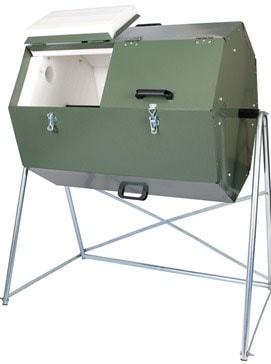
It has a unique design that allows temperatures to become hot and a large enough capacity to create bulk, which is another helpful factor for efficient composting.
Other tumblers simply don’t get as hot!
So Do Compost Tumblers Really Work?
In my experience, compost tumblers do work, and they work faster than traditional composting methods in ideal conditions.
My preference is to use a combination of composting methods, using the tumbler for faster composting of small material and soft material, such as shredded paper and kitchen scraps.
I prefer to use a compost bin or a compost pile for larger, chunkier items and more significant volumes of yard waste.
The compost tumbler gives you a quick turnaround on compost for the soft material. In contrast, my compost pile gives me a long-term composting solution to dispose of larger garden waste.


